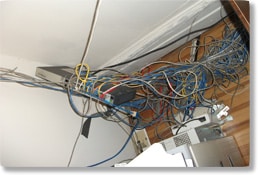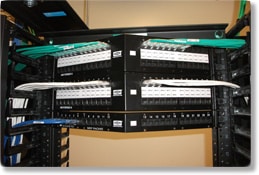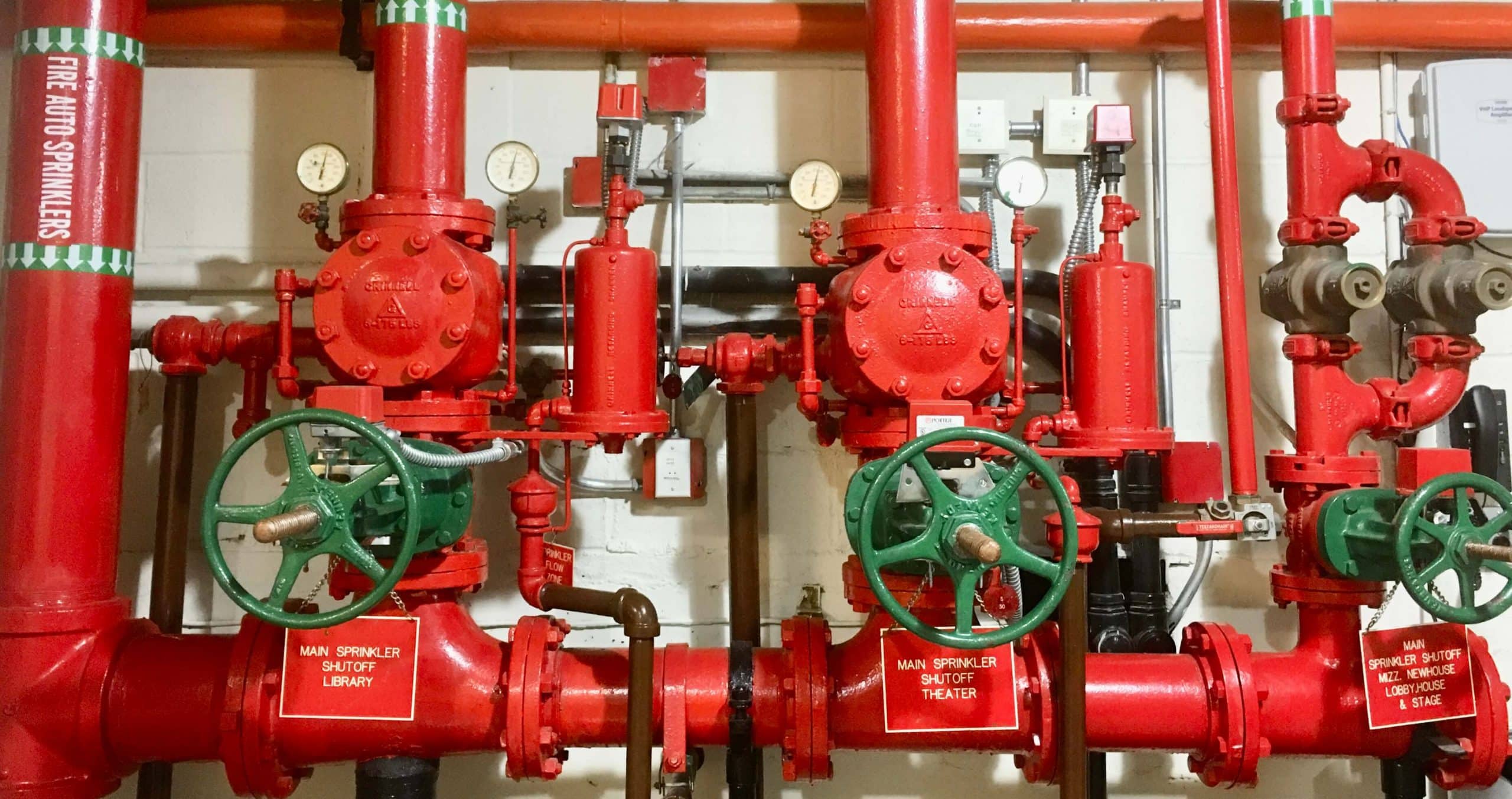Here are two scenarios which may strike a chord:
It’s 2 o’clock on Tuesday afternoon and one of your A/V systems goes down. As best as anyone can tell, a cabling issue is the culprit. But with changes in infrastructure management personnel over the years and incremental adds and fixes that have been applied as the need has arisen, you have no idea where the cable fault could be physically located.
Or
You are planning a new critical systems upgrade that will rely ever more heavily on network communications (as most systems are going). Your existing cabling infrastructure has not really let you down in a big way so far, so it should continue to work out (without holding your breath)…right?
In both of those scenarios, there are likely to be lamentations that detailed information was not maintained. When our court professionals enter into a new project where the stakeholders have warned us in advance that the documentation of their existing cabling and infrastructure may be a little weak and the installation is on the older side, it is really mostly business as usual. But when we are informed that there is no documentation, no beneficial labeling, and no one who really knows where everything goes, we know that we are in both a physical and cabling challenge.
It is interesting to note that despite the enormous technological advancements that have been made, in some ways not a lot has changed in cabling infrastructure management.


If your cabling looks anything like the images above, if you have found yourself in either of the two scenarios above, or if you can otherwise sympathize, an enterprise infrastructure assessment might be a good plan. A good assessment and planning procedure should likely include each of the following steps:
- Review existing documentation – If any documentation (point-to-point diagrams, riser diagrams, endpoint lists, etc.) does exist, a detailed review will be used to construct the skeleton diagram of the system and key points for survey.
- Interview current infrastructure caretakers – Whether it is the person who pretty much has a full diagram in their head or just the poor person recently tasked with unraveling a rat’s nest of cabling, the current infrastructure management personnel will hold key insight. It is likely that they will have familiarity with the endpoints, the connectivity between them, and any known existing issues. Between this knowledge and the results of the existing documentation review, a detailed survey will be planned.
- Survey – Surveys will gather very detailed information about equipment, locations, quantities, connectivity, routing, used versus spare, organization, and general maintenance conditions.
- Testing – Cabling and connector alignment/conduction can degrade, become dirty, or get damaged over years of service. To ensure that existing cabling is suitable for continued use in an upgrade project, it is important that it is tested and verified. Category cabling testing is performed with equipment that produces a pass/fail result relative to the applicable standards.
- Evaluate – Based on the detailed survey and test result data, our court professionals will analyze the existing cabling and determine quality and condition.
- Plan – Before or during the evaluation step, organizational planning for the future is required. This could include increased reliability and conferencing for more intensive court systems, or it could be to verify whether your existing cabling will be in serviceable condition for the next 10 years.
- Design and Document – Based on a gap analysis between the results of the existing cabling evaluation and the plan for future needs, our court professionals will design and document an upgraded or new solution which can be put out for bids or quotes. This design will include a phasing plan that requires minimum interruption to existing operations and only allows for cutover once new infrastructure has been certified.
- As-Built Documents – Once the construction/installation is complete, fully detailed, 100% accurate as-built documentation is a requirement for payment and contract settlement with the contractor. The documentation will include court equipment, cable type, landings, connector types, in-service dates, termination points, and bundle identification along with complete routing paths. Keep this documentation up to date as any changes are made in the future, and the pertinent information during potential outages or upgrade considerations will always be close at hand.
It takes considerable effort to form and maintain court connectivity. No organization has unlimited money and time. Emergencies crop up. Personnel changes are basically inevitable. Cabling frequently seems to just work and with no squeaky wheel comes no oil. If your cabling equipment or infrastructure is approaching being out of control, or has long passed that point, or if you are planning a systems upgrade and aren’t sure if your existing infrastructure can keep up—please reach out.
For a court A/V assessment, Tim Bergan, CCNP, CCDP of PSE’s technical staff can discuss and coordinate the detailed technical and organizational requirements for connectivity, reliability, and immediate and future needs with your Court Technical and Operations groups. Please contact our office at 800-839-5060 to walk through your engineering options.






